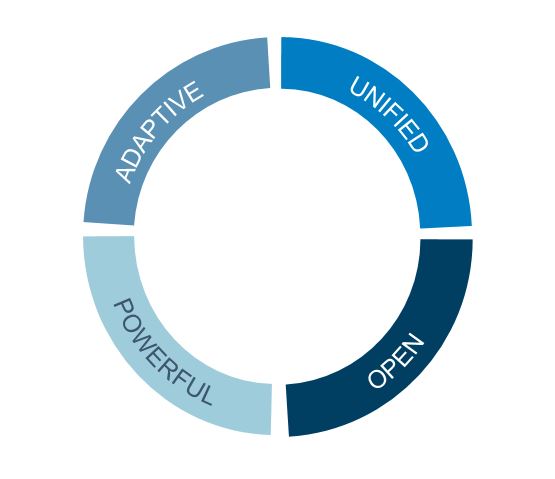Every where you turn today, you run into analytics. If you talk about big data, you will talk about analytics, if you talk about the internet of things (IoT), you will talk about analytics, if you talk about automation ... well, you get the picture.
When used properly, analytics has always provided a strategic advantage, but why? Because analytics helps answer these four important questions:
- What has happened or what is happening? This type of analysis is called descriptive.
- Why did something happen? This type of analysis is called diagnostic (sometimes referred to as root cause analysis).
- What will happen? This type of analysis is called predictive.
- What is the best that can happen? This type of analysis is called prescriptive.
 Many traditional business intelligence (BI) offerings can deliver descriptive reporting. A few BI offerings can deliver descriptive and diagnostic reporting -- and a couple even provide descriptive, diagnostic and predictive reporting, but very few provide all four types of reporting capabilities.
Many traditional business intelligence (BI) offerings can deliver descriptive reporting. A few BI offerings can deliver descriptive and diagnostic reporting -- and a couple even provide descriptive, diagnostic and predictive reporting, but very few provide all four types of reporting capabilities.
Fewer still can provide you with the adaptive, open, integrated and powerful processing environment you need to get real-time results on any sized data you chose to run -- and include the ability to move your insights into a production environment in a well-governed, documented, and repeatable way.
I'm fortunate to work for SAS, a company that's been providing this type of strategic value in partnership with our customers for over 40 years and counting. If you want to see for yourself, try just one of our solutions that provide all of these capabilities: SAS Visual Statistics.
Learn even more about SAS (directly from SAS users) at SAS Global Forum, April 2 - 5 in Orlando, FL.
